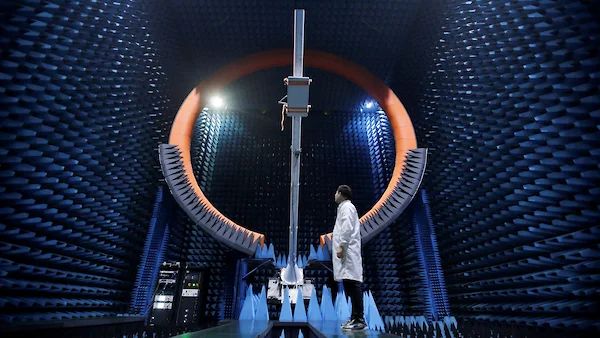
In the coming year 2021, a common factor in channel-specific technology trends is cooperation – from diversification of the workforce and outreach of all staff to revising the strategy of the international channel and combining innovation in a non-waste economy.
Double expansion in the international arena
What is our position at EU and country level?
Large mergers and acquisitions (M&A) occur today in all directions. As we can see, the market is undergoing a consolidation process, customers are expanding their horizons, they want to be global, international companies. For example, IBM completed its largest ever software purchase as a result of a deal with Red Hat, and SAP made two acquisitions worth several million dollars. According to the 451 Research knowledge base , since 2014 the number of mergers and acquisitions in the field of new technologies has grown by almost nine times. Although acquisition costs fell from $ 584 billion in 2018 to $ 392 billion in 2019, this is still an unusually high amount .
According to a survey of leaders in mergers and acquisitions in the technology market ( ‘The Tech M&A Leaders’ ) conducted by Morrison & Foerster and 451 Research, 40% of respondents expect that the number of mergers and acquisitions will increase in the next 12 months, 32% – that activity in This segment will remain the same, and 28% expect its decline. Nevertheless, factors were also noted that contributed to a potential decrease in concerns about a possible economic downturn (61%) and violation of tariff agreements or trade disputes (57%). No matter what happens, this trend needs to be reckoned with, it can change the channel’s landscape and prospects for both customers and partners.
But there are risks everywhere. For a successful acquisition or merger, time is everything, the unification of two corporate cultures cannot be underestimated, and in order to retain key employees, it is necessary to maintain strong ties throughout the business. Despite this, growing market power and an expanded service portfolio are often worth the risk.
Enhancing Brand Culture
Is brand culture capable of retaining the best cadres?
Attracting the right people is a matter of competition, especially since potential brain drain has become the topic of news programs in Europe and the USA. Brand culture is the foundation of a business that seeks to maintain and attract a talent pool in a channel. In its report on trends in the global market in 2021, Deloitte emphasizes that talented personnel are the largest asset of the business and today more and more such people are found both inside the company and outside it. This is especially true of the importance of gaining experience in the workplace, which values staff education and personal development.
A Dell Future Workforce Study found that one fifth of UK employees are ready to leave due to poor technology in the workplace, while 38% say they do their best work outside the office. These data demonstrate the importance of smart technologies and flexible working methods for modern employees.
In accordance with the recommendation of UNC Kenan-Flagler Business School “Ensuring profit growth by attracting employees” (” Powering your bottom line through employee engagement “), organizations with better experience working with staff achieve 12% more customer satisfaction than their colleagues, and their revenue growth rates over a three-year period are 2.3 times higher. Those who do not take this trend into account in the channel or elsewhere in their business are likely to stand aside.
PC is alive!
Is a work environment created for each type of user?
The financial indicators are proof of this: this year was the strongest year of Dell’s sales in the world of technology – the company took first place in the market in terms of revenue and profits. It is important to note that the channel has unused business opportunities that go beyond the actual supply of PCs. After all, a PC is only a part of the life cycle, and in order to take advantage of all the business opportunities, partners must help customers throughout its entire length – from ordering and installation to servicing the PC, decommissioning and processing.
The good news is that, according to IDC , by the end of the third fiscal quarter of 2019, global shipments of traditional PCs – desktops, laptops and workstations – reached 70.4 million units. The market is growing for the second quarter in a row. It is expected that commercial demand will increase at a similar pace in 2021, as customers continue to switch to Windows 10, and on January 14, 2021, support for Windows 7 ended. For channel partners, support and customer interaction opportunities have matured over the entire life cycle of these PC, not including the initial purchase.
This is what we expect to see very soon thanks to the strong stimulating factors of 2021.




